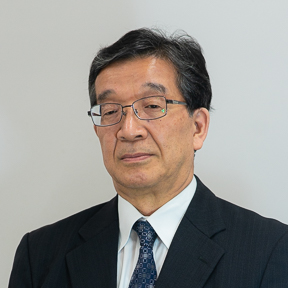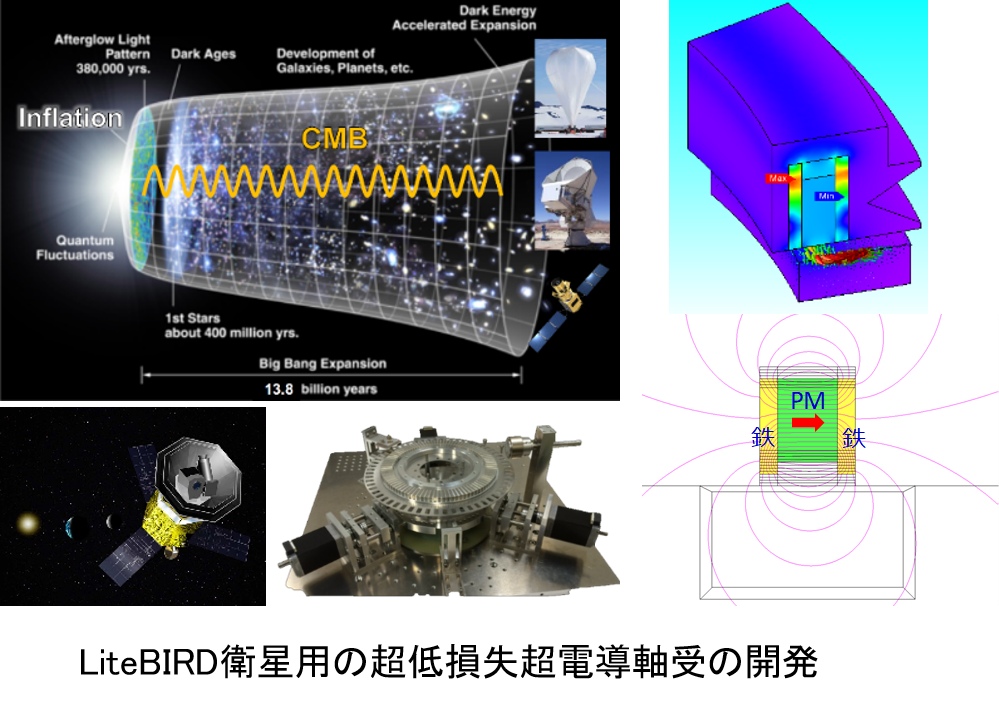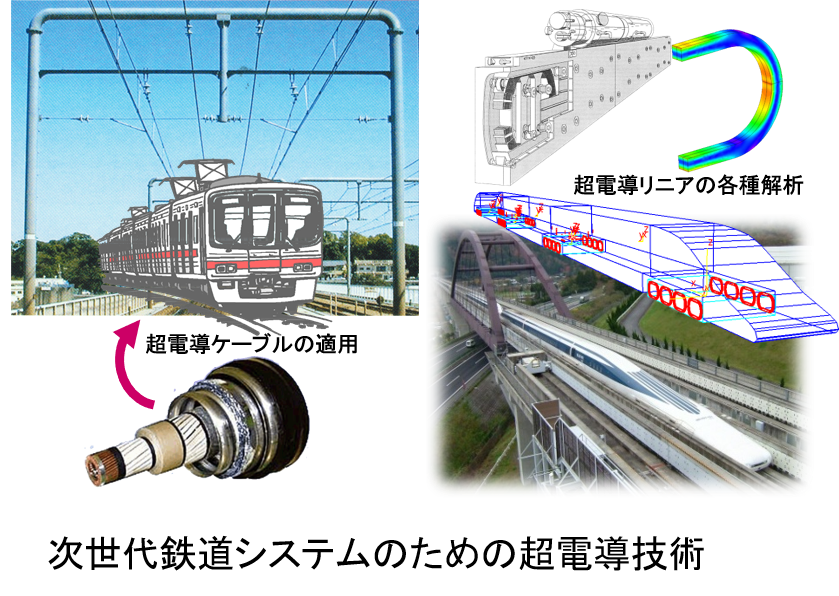
OHSAKI Hiroyuki Professor
Kashiwa Campus
Environment & Clean Electric Energy
Power engineering/Power conversion/Electric machinery
Electronic materials/Electric materials
Energy engineering
Aerospace engineering
Superconducting technology for next-generation energy equipment
We are conducting research on electrical energy equipment and systems with excellent characteristics, utilizing advanced materials such as superconductors and high-performance permanent magnets, with the aim of efficient use of electric energy and the realization of advanced electromagnetic applied systems.
Research field 1
Electrification of passenger aircraft: Potential application of superconducting technology

Reducing CO2 emissions, which is being addressed around the world, has become a very important issue for passenger aircraft as well. The IATA (International Aviation Transport Association) has set a very challenging goal of reducing CO2 emissions to net zero by 2050. In addition to the use of SAF (Sustainable Aviation Fuel), electrification of the propulsion system is being considered as a key technology to achieve this goal. However, passenger aircraft with 150 to 180 seats require a maximum power output of about 40 MW, and both high power output and light weight are strongly required for the equipment and systems, and superconducting technology is expected to be applied to them. In our laboratory, we are studying the electromagnetic design of superconducting propulsion motors with high power density, and the propulsion system including hydrogen turbine generators, high power transmission system, and propulsion motors. We are conducting the optimum design, characteristic analysis, and system study of rotating machines in which MgB2 superconducting wires are used for the armature windings and RE-based high-temperature superconducting wires for the field windings, assuming that liquid hydrogen is used as both the fuel and refrigerant.
Research field 2
AC loss evaluation of superconducting coils

A superconductor has zero electrical resistance to the application of a DC current or a DC magnetic field, but AC losses occur for an AC current or an AC magnetic field. In order to use superconductors in AC equipment, it is necessary to reduce the AC losses. In our laboratory, we are studying fully superconducting machines, in which superconducting wires are applied not only to the field windings but also to the armature windings in order to realize a synchronous machine with high power density. A rotating magnetic field is applied to the armature windings and a self-magnetic field is superimposed due to the AC currents in the windings. Evaluating the AC losses of superconducting coils under such conditions is necessary for the design of fully superconducting rotating machines. Therefore, in addition to three-dimensional nonlinear electromagnetic field analysis using the finite element method, we have constructed an AC loss measurement system and are comparing the results obtained by the loss measurement and the numerical analysis. The measurement device consists of a cryostat with a superconducting coil cooled to about 20 K, a Halbach array permanent magnet rotor to apply a rotating magnetic field, and a motor drive system to rotate it.
Research field 3
Toward the elucidation of the origin of the universe: Realization of ultra-low-loss bearings using superconducting technology

We are participating in the LiteBIRD project, which aims to elucidate the origin of the universe by observing the polarization of the cosmic microwave background radiation, the oldest light in the universe produced by the Big Bang. In order to satisfy the challenging requirement from the system side to suppress the loss on the rotor side to the order of mW in a cryogenic environment of about 4 K, we are designing superconducting magnetic bearings consisting of RE-based bulk superconductors, permanent magnets, and magnetic paths of ferromagnetic material, and conducting detailed numerical simulations and experimental verification of the electromagnetic phenomena in the bearings. In the bearings, slight disturbances in the magnetic field distribution can cause losses. The research is being conducted in cooperation with the research team of the Kavli Institute for the Physics and Mathematics of the Universe (Kavli IPMU) to achieve this low loss under realistic conditions in satellites, Researchers from JAXA, universities and research institutes in Japan and around the world are also participating in the overall project.
Research field 4
Numerical analysis of electromagnetic field, coupled analysis, and modeling of superconductors

It is important to analyze the electromagnetic phenomena of the superconductor in detail in grasping the characteristics of superconducting equipment. For example, to clarify the electromagnetic phenomena of a superconducting coil, a coupled analysis of the electromagnetic field, the electric circuit, the heat conduction field, and even the structure of the coil, depending on the subject, must be performed. In our laboratory, we have developed programs for analyzing nonlinear transient phenomena or have been conducting numerical analyses using analysis tools such as finite element analysis software, MATLAB, etc. Actual superconductors have variations in properties, inhomogeneities, and temperature distributions, and it is also important to model them to reflect these variations. For example, when numerical analysis of a superconducting power generation system is performed, the superconducting wire has a superconducting layer with a thickness of the order of µm, and the generator with windings using superconducting wires are in the order of meters in size. Furthermore, the generator is connected to a power network through power converters and substation equipment. The entire analysis is a coupled multi-scale multi-physics system analysis.
Research field 5
Superconducting technology for renewable energy utilization and next-generation railway systems

Superconducting cables are devices that take advantage of the high current-carrying capacity of superconductors, and can transport large currents exceeding several thousand amperes with low loss. Superconducting fault current limiters, which instantly reduce fault currents in the event of short-circuit accidents in power systems, contribute to the construction of flexible and robust power systems and the easing of equipment design conditions. We have studied the application of superconducting cables to the feeder system of DC electric railways, and performed numerical analysis of the load sharing leveling effect of connecting substations with superconducting cables and the cooling characteristics of the superconducting cables. Currently, we are considering applying superconducting cables to electric power transmission systems of electric aircraft. In addition to the high current-carrying capacity of superconducting cables, their light weight is a major advantage for electric aircraft applications. Furthermore, we have been involved in research on applications of superconducting coils, such as the superconducting maglev and large wind turbine generators.